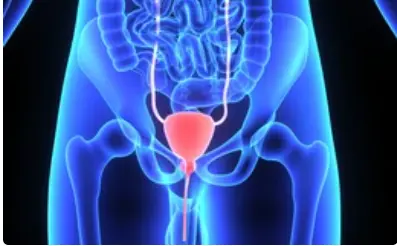 Welcome
Welcome
“May all be happy, may all be healed, may all be at peace and may no one ever suffer."
Epidural analgesia - Generics
Epidural analgesia is a form of pain management that involves the administration of medication into the epidural space of the spine. This technique is commonly used during labor and delivery, as well as for certain surgical procedures.
During epidural analgesia, a small catheter is inserted into the epidural space between the vertebrae and the spinal cord. Medication, typically a combination of a local anesthetic and a narcotic, is then administered through the catheter to numb the nerves in the lower back and pelvis.
One of the main benefits of epidural analgesia during labor is that it can provide effective pain relief while allowing the mother to remain awake and alert. This can help reduce the stress of labor and delivery, and may also help prevent complications such as high blood pressure and preeclampsia.
Epidural analgesia is generally considered safe, but like all medical procedures, it does carry some risks. Potential complications include low blood pressure, fever, and infection. In rare cases, epidural anesthesia can cause more serious complications such as nerve damage, seizures, and respiratory arrest.
Overall, epidural analgesia is a safe and effective form of pain management that can help make labor and delivery more comfortable for women. However, it is important to discuss the risks and benefits of this procedure with your healthcare provider, and to carefully weigh your options before making a decision.

Impetigo

Diagnostic ophthalmic pro...

Essential thrombocythemia

Zinc deficiency

Alcohol withdrawal syndro...

Pancreatic cancer

Uncomplicated UTI

Surgery
Epidural analgesia, এপিডুরাল অ্যানালজেসিয়া
To be happy, beautiful, healthy, wealthy, hale and long-lived stay with DM3S.